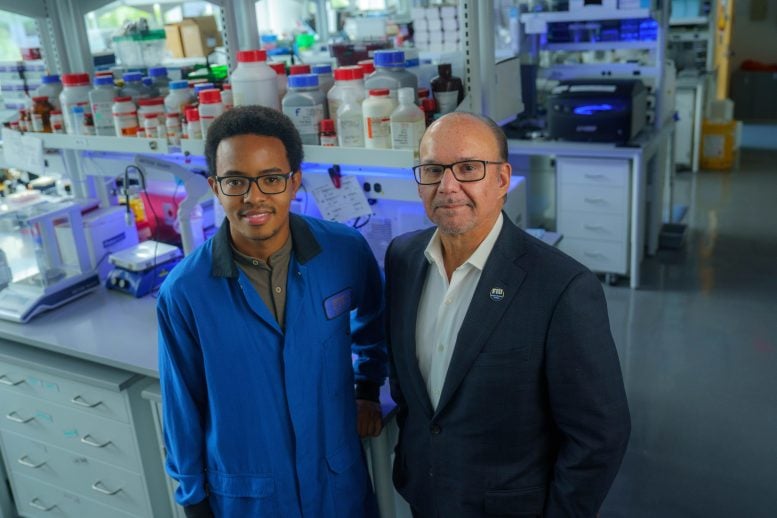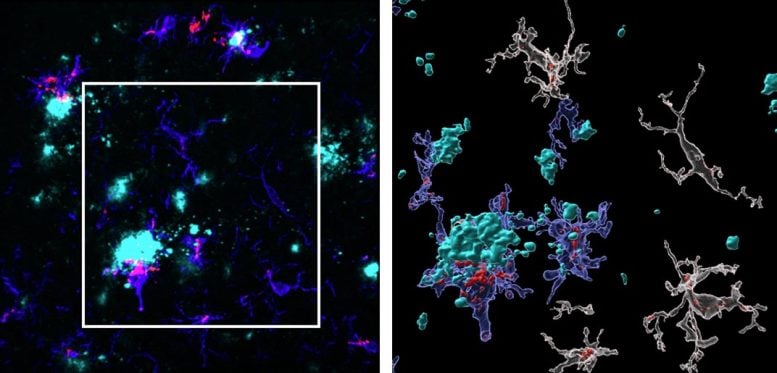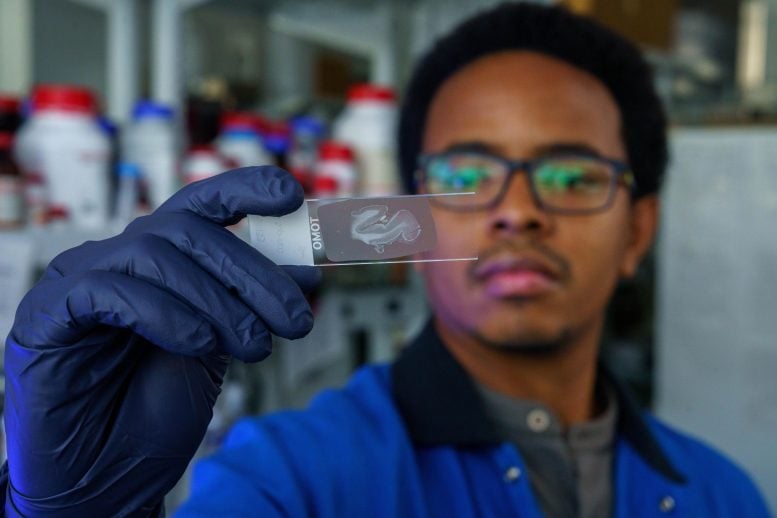New Biomarker Could Detect Alzheimer’s Years Before Symptoms Appear

TSPO levels rise early in Alzheimer’s and persist throughout disease. Targeting this biomarker could open new treatment options.
TSPO, a major marker of brain inflammation, may offer a way to detect Alzheimer’s disease long before memory problems and other symptoms develop. Findings published in Acta Neuropathologica suggest it could transform both diagnosis and treatment strategies.
“This is the first study to really examine how early this biomarker increases and where it begins rising in the brain,” said Tomás R. Guilarte, lead researcher and dean of FIU’s Robert Stempel College of Public Health & Social Work. “If we can use this information to help delay Alzheimer’s progression by even five years, it can drastically improve patients’ lives and reduce disease prevalence.”
Longstanding research on TSPO
Guilarte, a recognized authority on TSPO (translocator protein 18 kDa), has investigated the protein for more than 30 years. His research helped establish it as a dependable imaging marker for identifying neuroinflammation across multiple neurological, neurodegenerative, and psychiatric conditions.

For the current study, Guilarte and colleagues applied advanced imaging techniques to track TSPO activity in genetically engineered mouse models of familial Alzheimer’s. They then validated these results using donated brain tissue from members of the world’s largest community with early-onset familial Alzheimer’s, based in Antioquia, Colombia.
These families carry the “paisa” mutation, first identified by the late Dr. Francisco Lopera, a co-author of the study who spent his career searching for ways to prevent Alzheimer’s. Individuals with this genetic variant often develop symptoms in their 30s or 40s and typically die in their 50s.

Early changes in the hippocampus
In the mouse model, researchers detected elevated TSPO levels in the subiculum – a critical part of the hippocampus – as early as six weeks of age, roughly equivalent to age 18–20 in humans.
Microglia, the brain’s main immune cells, specifically those clustered around amyloid plaques, had the highest levels of TSPO. Notably, female mice had higher TSPO levels, mirroring real-world statistics: two-thirds of Alzheimer’s patients are women.

The brain tissue samples from the Colombian patients with the paisa mutation showed the same pattern. Even in late-stage Alzheimer’s, TSPO remained high in microglia near plaques. These results raise new questions about TSPO’s function – whether it contributes to damage or protects the brain – and whether blocking or enhancing it could halt disease progression.
Next steps in research
The team is now working with a specially developed Alzheimer’s mouse model lacking TSPO to explore these questions further. They’re also expanding the study to include sporadic, late-onset Alzheimer’s cases, the form that accounts for over 90% of all diagnoses.

“The more we understand these processes,” said Daniel Martínez Pérez, first author and Ph.D. candidate in Guilarte’s lab, “the closer we get to tailoring treatments that can truly help – before it’s too late.”
Reference: “Amyloid-β plaque-associated microglia drive TSPO upregulation in Alzheimer’s disease” by Daniel A. Martinez-Perez, Jennifer L. McGlothan, Alexander N. Rodichkin, Karam Abilmouna, Zoran Bursac, Francisco Lopera, Carlos Andres Villegas-Lanau and Tomás R. Guilarte, 17 July 2025, Acta Neuropathologica.
DOI: 10.1007/s00401-025-02912-4
This work was supported by grants ES007062-24 to T.R.G. from the National Institute of Environmental Health Sciences (NIEHS), ES007062-23S1 to T.R.G. from the National Institute on Aging, and T32-ES033955 to A.N.R. from the NIEHS.
Never miss a breakthrough: Join the SciTechDaily newsletter.
Source link

